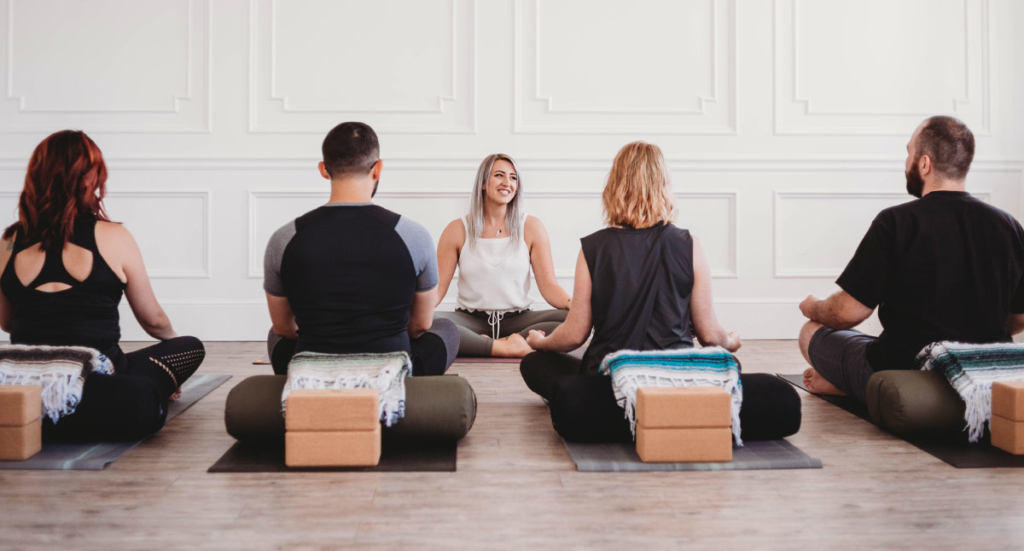Yoga Cues: Simple and Effective
My original yoga “parentage” was in the Iyengar system. Known for its precision, and for inventing the yoga props we use today, the Iyengar system provides a fine foundation. In workshops, teachers—including BKS Iyengar and his daughter, Geeta, both of whom I studied with in 1989—offered alignment cues about as fast as you could process them, and sometimes faster. As a hypermobile person, I often flopped into flexibility-focused asanas without much thought as to how I was practicing them. Yoga cues helped me refine my practice, so that I wasn’t simply continuing my unhealthy alignment habits.
But sometimes, when I’d attend traditional Iyengar workshops, I’d leave with an agitated nervous system. I’m guessing this is because the speed with which alignment cues were being disseminated made it difficult for me to integrate them all. There simply wasn’t time for me to process them, feel them in my body and make adjustments based on what my own body was telling me. And then there was the fact that many teachers “barked” out yoga cues, rather than sharing them. This method of teaching sometimes made me feel pressured to perform, and sometimes put me on edge.
I’ve since branched out to study with lots of other master teachers, most notably Donna Farhi and Judith Hanson Lasater. Both studied in the Iyengar system decades ago and have since forged their own paths. Both still consider healthy alignment to be important, but their ideas about alignment, and the way they communicate them, are entirely different from their Iyengar training.
Simplifying Yoga Cues
Both Donna and Judith build their classes around a few principles and allow time for individual exploration. This way of presenting information is more effective, at least for me. It’s a methodology I’ve adopted in my own teaching. This is because I believe that our own experience in our practice is ultimately our best teacher. Giving students time—and silence—to explore for themselves gives students more agency. It gives them the ability to figure out what’s best for their own bodies and minds at a given time. After all, I can’t possibly know what’s best for another person.
Leave a Reply Cancel reply
Recent Comments
Archives
- January 2026
- December 2025
- November 2025
- October 2025
- September 2025
- August 2025
- July 2025
- June 2025
- May 2025
- April 2025
- March 2025
- February 2025
- January 2025
- December 2024
- November 2024
- October 2024
- September 2024
- August 2024
- July 2024
- June 2024
- May 2024
- April 2024
- March 2024
- February 2024
- January 2024
- December 2023
- November 2023
- October 2023
- September 2023
- August 2023
- July 2023
- May 2023
- March 2023
- August 2022
- July 2022
- June 2022
- May 2022
- April 2022
- March 2022
- February 2022
- January 2022
- December 2021
- November 2021
- October 2021
- September 2021
- August 2021
- July 2021
- June 2021
- May 2021
- April 2021
- March 2021
- February 2020
- January 2020
Theme by The WP Club . Proudly powered by WordPress
